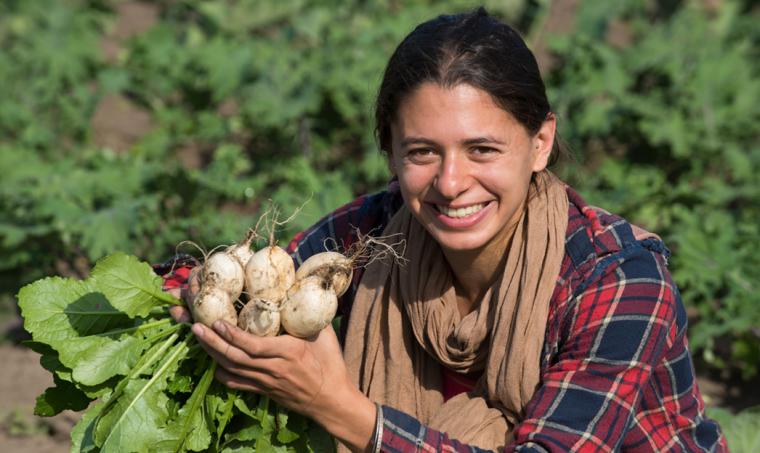May 1 is officially Agriculture Appreciation Day in Alaska, and that takes on special meaning particularly for the Mat-Su Valley, as Palmer is the agriculture hub of the state.
The history of farming in Palmer dates back to the Matanuska Colony project, in which more than 200 families were relocated from the Midwest to Palmer as part of a New Deal program. They were given land that they then had to "prove up" and turn into a farming community. Today, it's a vibrant industry and supplies the state with the freshest produce around.
Palmer farms are diverse in what they grow, but are most well known for potatoes, carrots and other root vegetables. Still, fruit farming is increasing in the area, and other crops are very popular as well. The Alaska Grown program encourages Alaska consumers to buy locally sourced vegetables whenever possible, and many local restaurants proudly serve produce grown in the Mat-Su Valley.
Many people ask why Palmer would be such an ideal location for farming, and the answer is actually thousands of years old. When the glaciers carved the Matanuska Valley, they left a very fertile soil that is ideal for farming. Combine that with 20 hours of daylight in the summer, and you get optimal conditions for farming, albeit in a short season.
Visitors can experience Alaska Grown vegetables in ways other than just farm-to-table experiences. Just outside of Palmer, Pyrah's Pioneer Peak Farm gives people the chance to pick their own vegetables, with many different varieties available. Alaska Farm Tours is another way visitors are experiencing the agriculture scene in the Mat-Su Valley. They offer tours of Palmer farms, and are expanding to Talkeetna later this summer.
On May 1, appreciate the agriculture scene, particularly in the Valley. But also, make a commitment to support local farmers by purchasing Alaska Grown produce whenever possible. It helps support small, family-run farms throughout the entire year.






